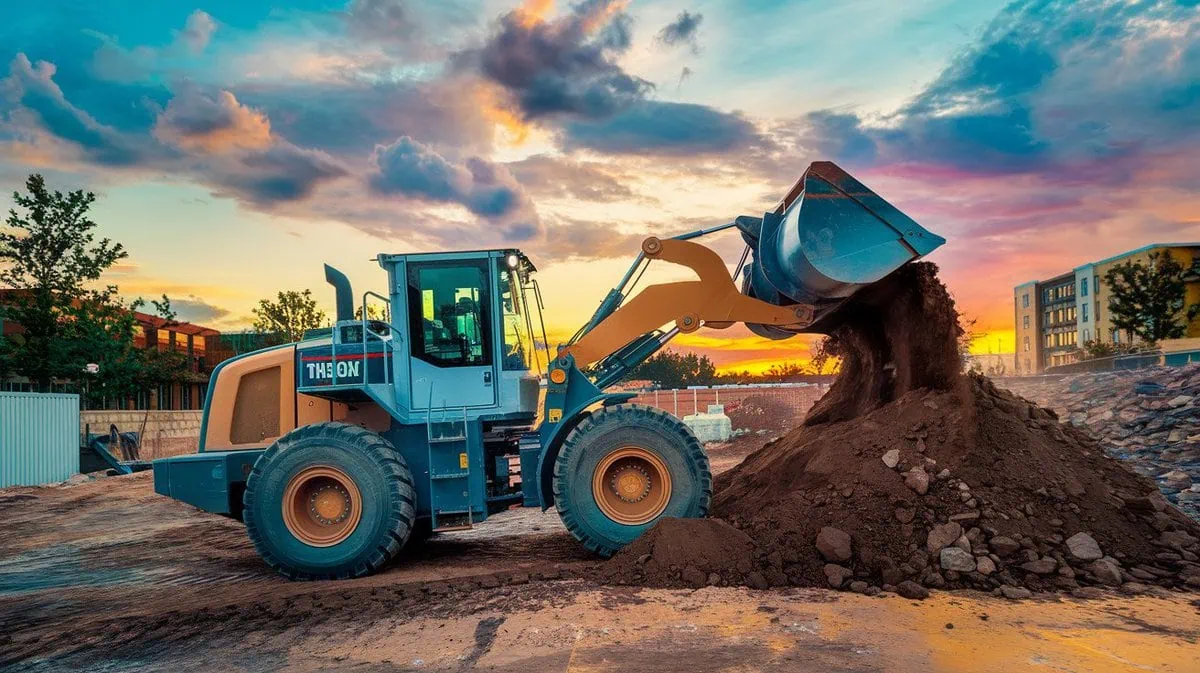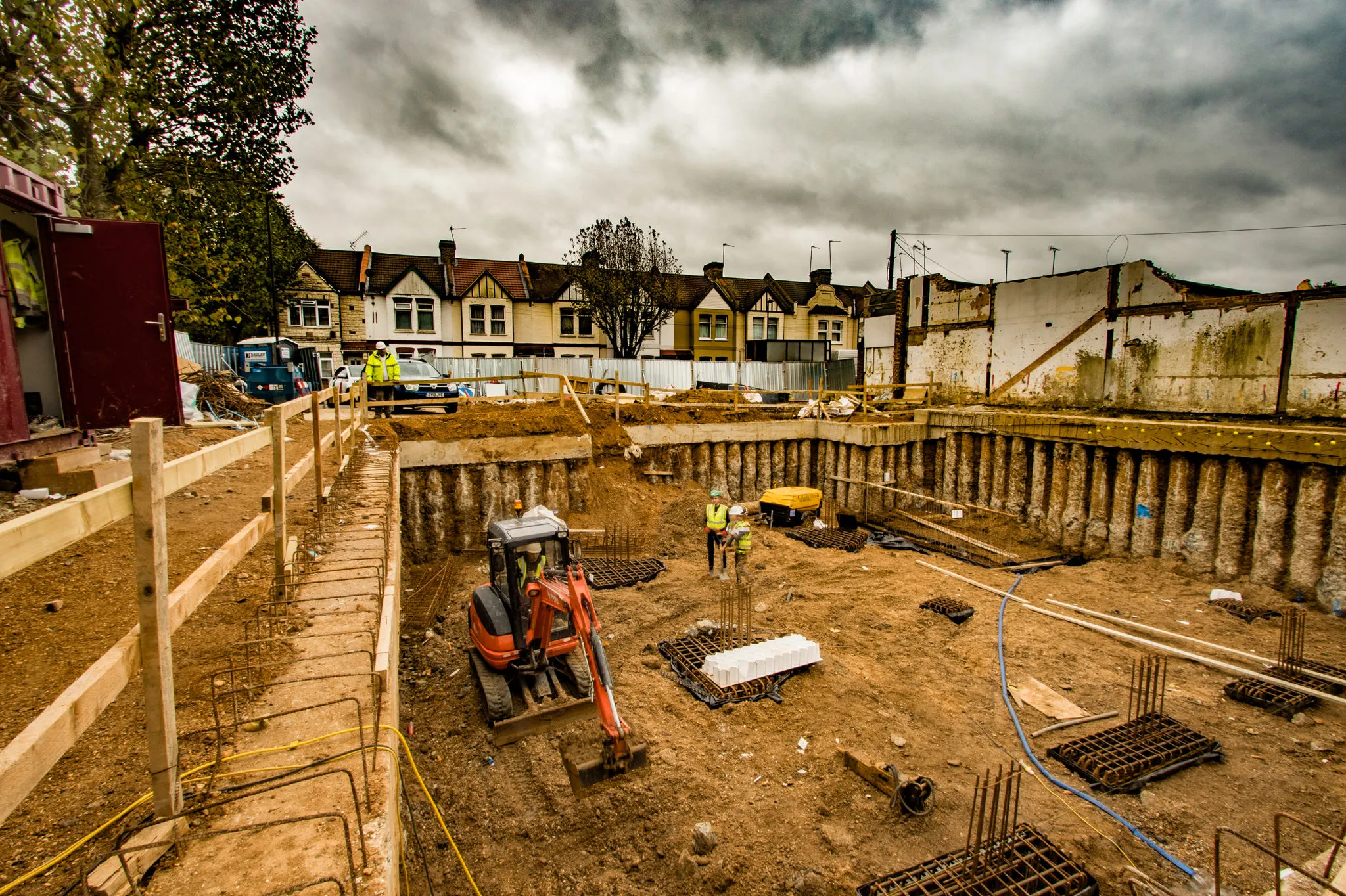Fuel Pressure checking is simple. You want to know whether the equipment’s engine is receiving the correct psi (pounds per square inch) it needs to run correctly. If the fuel pressure is lower than what is needed, you could experience engine performance problems, undiagnosed engine codes, and frequent filter replacement. You could also be on your way to spending thousands or tens of thousands of dollars on other repairs or, worse, a new engine.
When buying a used excavator, checking the fuel pressure is essential to ensure the engine runs efficiently. If fuel pressure is too low or too high, it can result in poor performance or even serious engine damage. This article will help you understand how to check fuel pressure and what to look for.
The main reason to check the pressure before you buy a used mini-excavator is to determine rapidly whether the fuel system is in good shape or not. If you see low fuel pressure, you’ll either spend your time looking for other problems that don’t exist, such as checking a fuel pump on a machine that doesn’t even have one, or cause other downstream problems. So when purchasing a mini-excavator, knowing how to check the pressure is crucial.
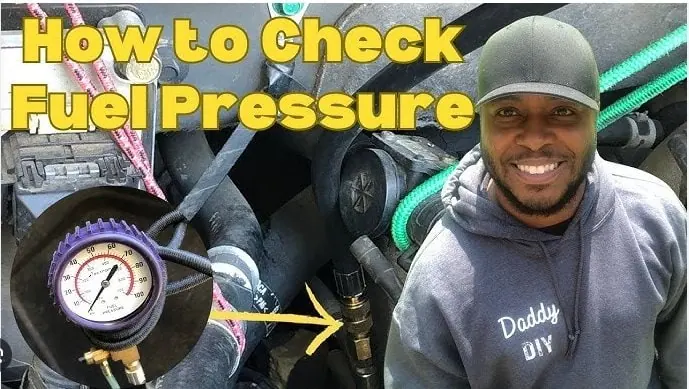
1,What is Fuel Pressure and Why Does It Matter for Excavators?
Well start by asking to see the oil filters. If there’s no way you can see them from where you are, ask the seller to run the machine and then wipe them off and show them to you. If there are no oil filters on the machine, don’t buy it. This is your last chance to save yourself from an expensive mistake.
Fuel pressure affects the fuel delivery system in excavators. If it is too low or too high, the engine might not perform efficiently. It’s crucial to assess pressure before purchasing a used excavator to avoid expensive engine repairs.
Fuel pressure plays a significant role in how an engine performs. When it is too low, you’ll see poor acceleration, stalling, a lack of power, or difficulty starting. If it is too high, the injectors could leak, the fuel pump could be damaged, or the entire system could fail. Checking fuel pressure is a great way to ensure the engine in the excavator will run well, no matter what anyone else tells you about the machine.
Below is a breakdown of the typical pressure ranges for different excavator engines:
| Engine Type | Normal Fuel Pressure Range (PSI) |
| Diesel Engines | 30 – 80 PSI |
| Gasoline Engines | 35 – 55 PSI |
Having the pressure in these ranges keeps the engine running the way it’s supposed to and ensures it lasts a long time.
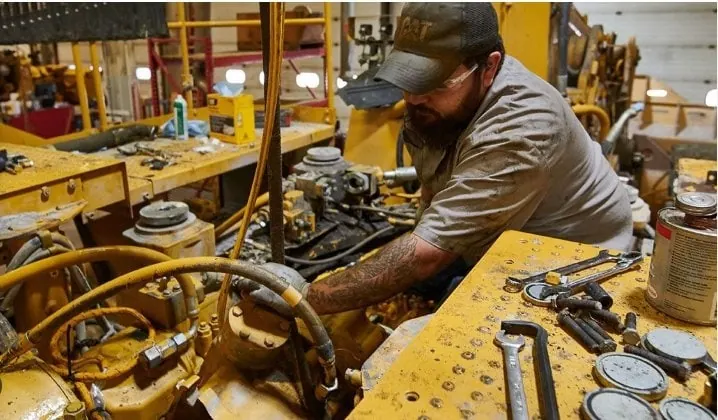
2,How to Check Fuel Pressure on a Used Excavator?
How do you check it on a used excavator? It involves a fuel pressure gauge. It’s a simple, easy, essential process to determine if the fuel system is functioning correctly. Here’s how to do it.
To check it on a used excavator, you hook up a fuel pressure gauge to the test port on the fuel line, start the engine, look at the fuel pressure gauge, and see what it reads. It needs to fall within the optimal recommended range, which is listed in the manufacturer’s specification.
To check the pressure, you must locate the pressure test port, which is usually near the fuel injectors or on the fuel rail. Grab a gauge that’s designed for excavators and connect the gauge to the test port. Once it’s connected, start the engine and let it run at idle for a few minutes. Watch to see if the pressure falls within a range that’s specified by the manufacturer for that type of engine.
It is critical to the performance of the engine in an excavator. If you have low fuel pressure, the engine may fail, not start, or lack power. If you have too much pressure, you can have a fuel leak at the fuel injectors, damage the fuel pump, and cause the fuel system to fail.
It’s essential to check for it before you buy a used excavator to save on costly engine repairs. Checking to ensure the it is in the right range not only ensures the engine works correctly for you, but it also ensures the longevity and helpful life of the engine. With the right tools, you can check the fuel pressure on these engines.
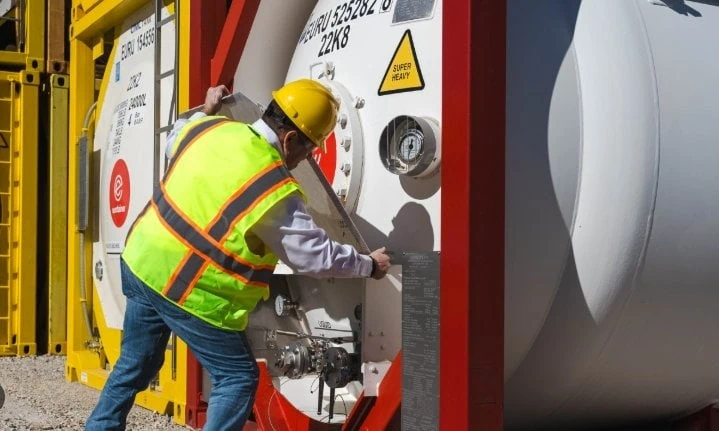
3,What is Poor Fuel Pressure?
Poor fuel pressure means the pressure is below or above the specified range for your excavator engine. This could result in a variety of engine performance issues, from bad fuel efficiency to engine failure.
You might notice rough idling, poor acceleration, or that the engine stalls. Catching low or high pressure sooner, rather than later, can prevent engine damage and reduce a service call.
When the it is too low, the engine may not get enough fuel, which means you’ll have a poor-running engine, misfires, or the engine will stall. The most common cause of low fuel pressure is a failing fuel pump. It could also be a clogged fuel filter or a leaking fuel line. If the pressure is too high, it can damage the fuel injectors and cause them to leak fuel. It could also damage the fuel pump and potentially cause the entire system to fail.
You can spot poor pressure by noticing the following signs:
- Difficulty starting the engine
- Stalling under load
- Rough idle
- Loss of power during acceleration
It’s essential to address poor pressure issues before they lead to more significant problems.
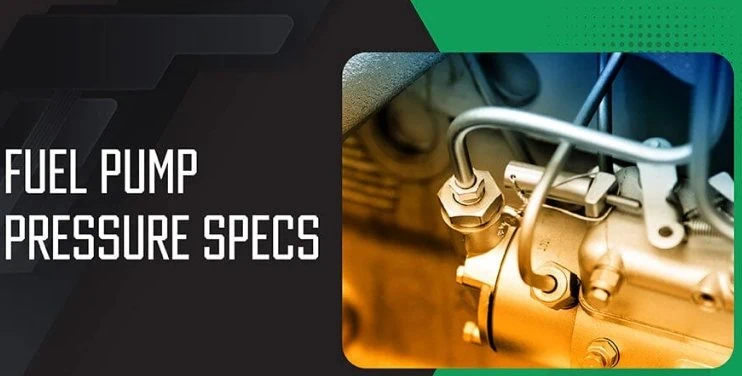
4,How Do I Know if My Fuel Pressure is Good?
How do you know if your pressure is good? All you have to do is know the proper pressure range for your make and model of an excavator engine. If your fuel system can maintain that pressure while it’s running, you have a healthy fuel system.
Good pressure means the fuel system has the correct amount of fuel going into the engine. If the pressure gauge reads within the manufacturer’s recommended range, then you have good fuel pressure.
To know if you have good pressure, you want to look at the gauge reading while the engine is running. Every engine type has a specified ideal fuel pressure range. For example, most diesel engines run at 30-80 PSI, and gasoline engines typically run at 35-55 PSI. When your gauge shows a reading in those windows, you have good fuel pressure.
If your pressure bounces around, or the reading is too little or too much, you have a problem with the fuel system. At this point, you must do further diagnostic work to figure out what component of the fuel system is causing the problem.

5,What is Acceptable Fuel Pressure?
Good pressure refers to pressure that falls within the acceptable range for the type of engine you are running. It is essential to keep the fuel pressure in that range for better performance and better fuel efficiency.
Good pressure is the pressure level that the engine manufacturer recommends for the best functioning of the engine. Keeping the fuel pressure within this good range avoids engine inefficiency and saves you from unnecessary repairs.
Fuel pressure is good when it’s not too low or too high. If your fuel pressure is too low, your engine can shut off, not start, or not have enough power. If the pressure is too high, you blow out fuel injectors, damage the fuel pump, and ruin the system. Please consult the excavator’s manual for the manufacturer’s specification for good pressure on the machine you’re working with.
To illustrate, here’s a general idea of the pressure ranges based on engine types:
| Engine Type | Acceptable Fuel Pressure Range (PSI) |
| Diesel Engines | 30 – 80 PSI |
| Gasoline Engines | 35 – 55 PSI |
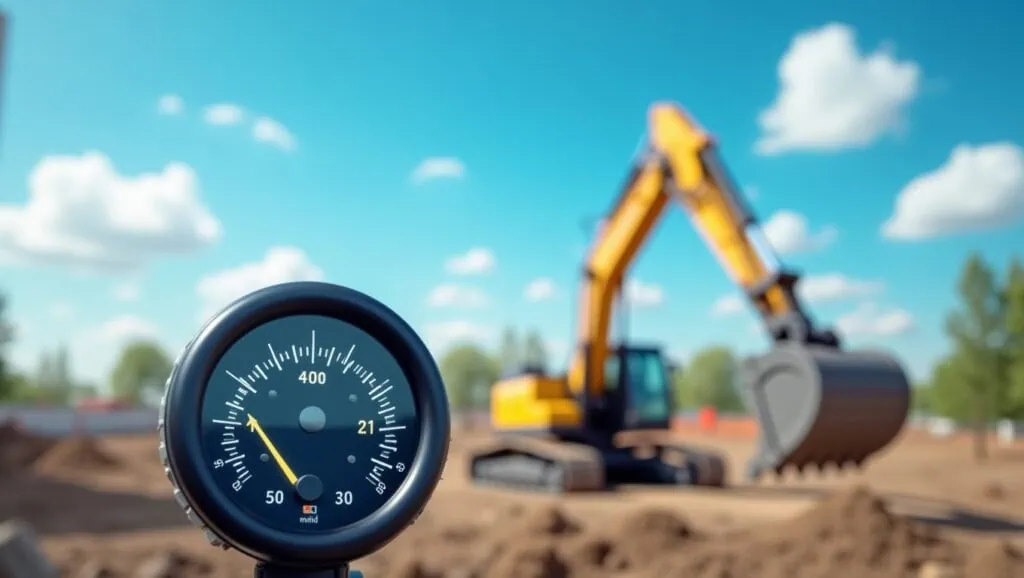
6,What is the Normal Pressure for Gasoline?
Gas engines typically have different pressures than diesel engines. Knowing the proper fuel pressure for gasoline engines on an excavator could be the difference between the engine running and not running.
For gas engines on these excavators, normal fuel pressure usually runs between 35-55 PSI. It’s crucial to check if your fuel pressure is within that range, or you may have weird idle and poor engine performance.
Usually, it should be between 35 and 55 PSI. If the pressure drops out of that range, you’re in danger of an engine misfire, poor fuel efficiency, or the engine failing entirely. Always check the service manual for the appropriate fuel pressure for your specific machine.
Also remember, if you’re buying a used excavator, make sure to check your pressure while it’s running. This is even more critical if the excavator has been in service a few years.

7,Common Fuel Pressure Issues and Troubleshooting Tips
When checking the pressure on a used excavator, there are common issues you run into. Knowing how to troubleshoot those problems can save you time and money in the long run.
It’s going to be one or two things. You either can’t get pressure, it swings through the hills like a flat snake, jumps to the moon and back, or it’s blowing it up (so to speak) like the high the old Robert Hays movie and . You can check those three issues out each time.
Low Fuel Pressure
- Possible Causes: A plugged fuel filter, a dying fuel pump, some clogged fuel line, or a messed up fuel pressure regulator.
- Troubleshooting Tips: Typically, it’s this. You buy some used piece of equipment. You plug it in and it won’t run. You can replace the fuel pump. Then the thing runs for a while. But then you have trouble getting it to feed because something is clogged in the line or the injectors are not getting the fuel they need. Be ready to troubleshoot your fuel pressure until it runs just as ugly as can be. It may appear to be a simple fix, but trust me, it won’t be.
Possible Causes: Dirty fuel injectors, fuel pressure regulator issues, or you can have air in your fuel line.
- Troubleshooting Tips: Check if you have any debris, dirt in the fuel injectors. Clean your fuel injectors if you have to. Inspect the pressure regulator and possibly replace it. Check the fuel lines and make sure you don’t have any air in the fuel lines. Bleed the lines if necessary.
High Fuel Pressure
- Possible Causes: A pressure regulator stuck open, a damaged fuel return line, or a clogged return valve.
- Troubleshooting Tips: Check the fuel pressure regulator and replace it if it is stuck. Check the fuel return lines and make sure they are not clogged or have leaks. Replace any damaged components to rectify the situation.
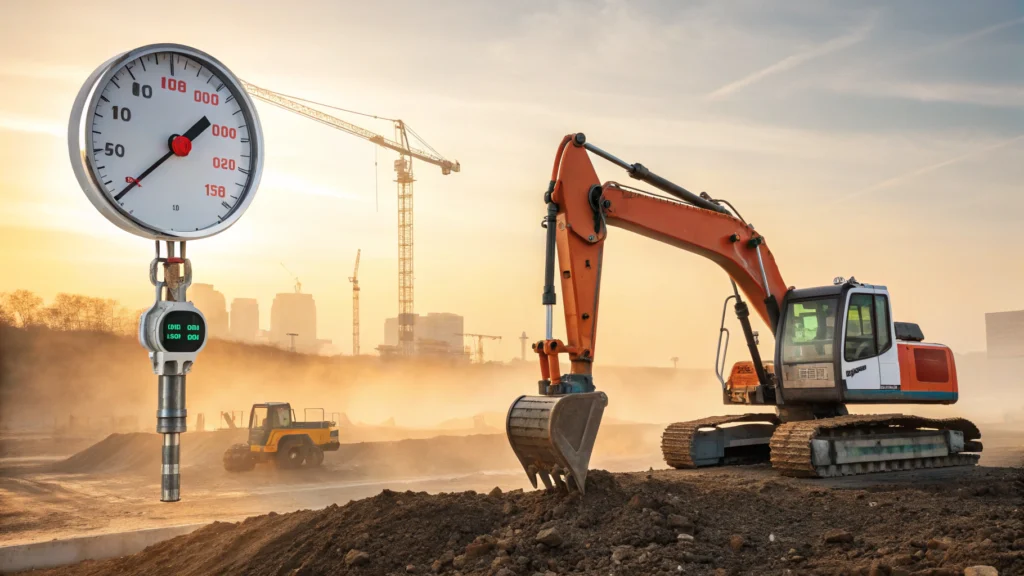
8,How to Maintain Proper Fuel Pressure in Your Excavator?
The maintenance of an excavator’s fuel system is needed to achieve consistent pressure. Having the correct pressure is crucial for the longevity of your machine. Routine maintenance and checks of the fuel system mean you won’t have a problem with pressure in the field and that your engine runs as efficiently as possible.
The maintenance of an excavator’s fuel system is used to maintain consistent pressure. Having correct pressure is absolutely critical for the long life of your machine. By regularly checking and maintaining the fuel system you won’t have a problem with pressure in the field and won’t have an engine that doesn’t run as efficiently as possible.
Specifically for maintaining pressure, it’s a combination of checking and prevention. Here’s how you can keep pressure in check:
Fuel Filter Maintenance: A plugged fuel filter can cause low fuel pressure. And there’s no sense in that. Make sure to replace the filter at the recommended service interval in the owner’s manual to keep your pump now from having problems later.
Inspect Fuel Lines: Check the fuel lines periodically for wear, cracks, or leaks. If the lines are damaged, fungled up, or letting air into the fuel system, you’ll lose pressure and run less efficiently.
Monitor the Fuel Pump: Your fuel pump is responsible for making pressure. If your pump is showing signs of wear, or making noises that it shouldn’t, have it checked out or replaced.
Regular Fuel Pressure Checks:Use a fuel pressure gauge to check the pressure regularly. By following the manufacturer’s recommended service interval, you can identify issues before they leave you unable to run in the field.
Fuel Pressure Regulator: Your pressure regulator regulates how much pressure is held in the system. If the regulator goes bad, you will have fluctuating pressure. It will only take off when you crank the machine. If you need to replace it, do it. If you don’t, don’t.
All we need to do is run these few maintenance items and check the pressure. That way you’re sure to be operating your excavator at peak performance, and you won’t prematurely wear anything out by doing something dumb that costs you a lot of money.
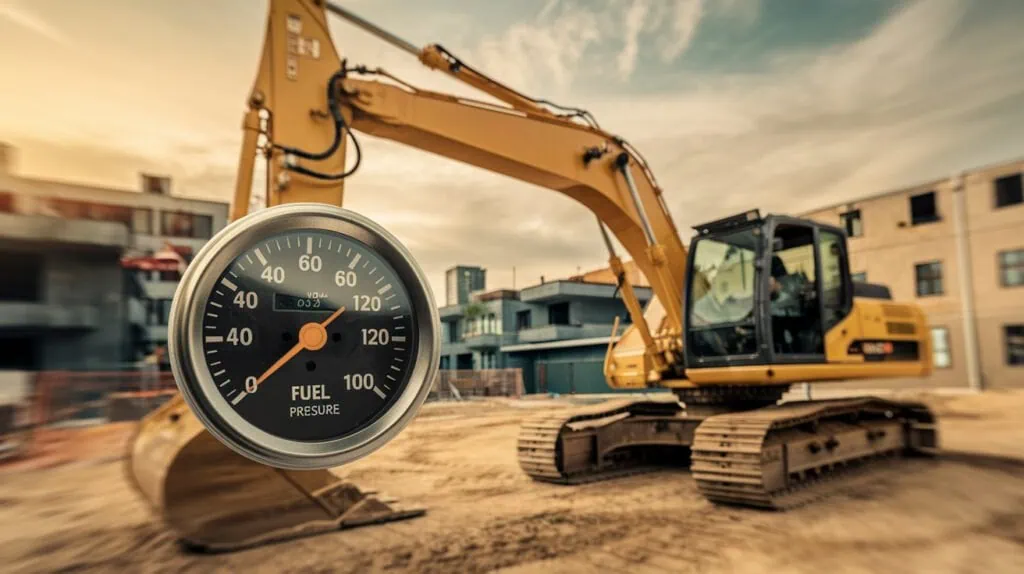
9,Fuel Pressure Gauge: How to Use and Interpret the Data
A pressure gauge is a key tool for testing the pressure in your fuel system on an excavator. If you can use a pressure gauge correctly, you can read the symptoms, diagnose the problem, and fix the issue before it creates a crisis.
Using a fuel pressure gauge correctly involves hooking it up to the test port, cranking your engine, and reading the gauge. By knowing what the gauge is telling you, you can tell whether the fuel pressure is in the normal range or if you have some issues to figure out.
Fuel pressure gauges typically measure in PSI (pound per square inch). If you have the correct pressure, everything is working fine. If it’s outside that range, then you know something’s up and you need to go figure it out.
Here is a table showing typical pressure readings for various engine types and conditions:
| Engine Type | Normal Fuel Pressure Range (PSI) | High Pressure Reading (PSI) | Low Pressure Reading (PSI) | Potential Issues with High Pressure | Potential Issues with Low Pressure |
| Diesel Engines | 30 – 80 PSI | Above 80 PSI | Below 30 PSI | Fuel injectors could be damaged; risk of fuel leaks | Engine might lack power or stall; fuel pump failure |
| Gasoline Engines | 35 – 55 PSI | Above 55 PSI | Below 35 PSI | Damaged fuel injectors, fuel pump overload | Poor engine performance; rough idling or stalling |
| Excavator Specific (e.g., CAT 320D) | 35 – 50 PSI | Above 50 PSI | Below 35 PSI | Can cause misfires, power loss, or fuel leakage | Can lead to stalling, hard starts, or rough idle |
Key Takeaways:
- High Pressure: If your pressure is more than it should be, you could be looking at things like ruined fuel injectors, bad fuel mileage, or leaky fuel injectors.
- Low Pressure: If your pressure is too low, then your engine runs poorly, has no power, a rough idle, or maybe doesn’t even start because there isn’t enough fuel to start.
By using a pressure gauge and looking at the numbers on the gauge, compared to the recommended value, you can determine if your fuel system is working fine, or if it’s not working, and you need to do repairs.
Summary:
Checking and maintaining the correct pressure is critical when purchasing a used excavator to ensure engine efficiency and avoid expensive repairs to the fuel system. By using a pressure gauge to check the pressure and read the gauge, comparing your reading to the manufacturer’s normal pressure range, you can quickly identify if you have an issue like poor fuel delivery or a fuel system not working at all. Low or high fuel pressure can cause various engine performance problems such as stalling, rough idling, or losing power.
If you can spot and diagnose fuel pressure problems before you buy the excavator, it can save you a lot of time and money, making this a vital step when shopping for a used excavator. Also, if you want to know more information about: fuel pressure regulator symptomsAnwesendfuel pressure test kit,fuel pressure regulator with return,low fuel pressure symptoms,fuel pressure regulator location, fuel pressure regulator test,fuel pressure regulator how it works,fuel pressure regulator,fuel pressure gauge,fuel pressure sensor,fuel high pressure pump,aeromotive fuel pressure regulator,how much fuel pressure does a fuel injector need, how to adjust fuel regulator pressure,and how to check fuel pressure without gauge, please Kontakt mit uns.




